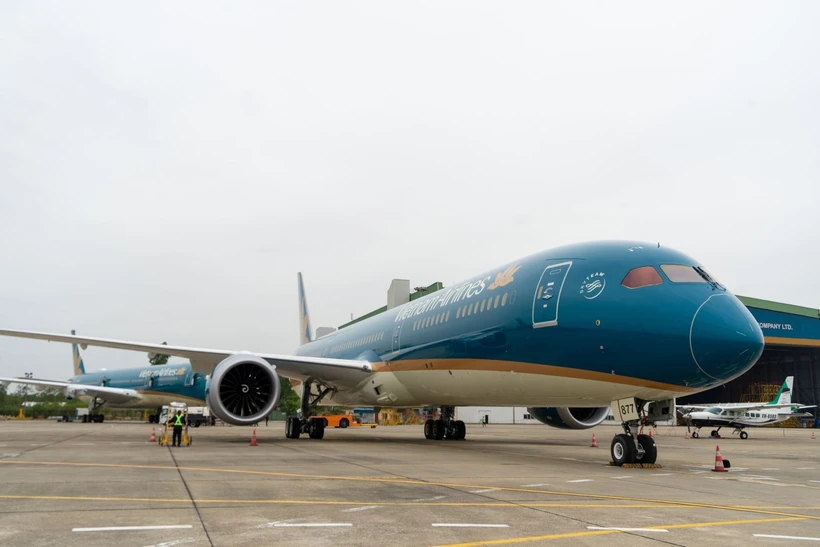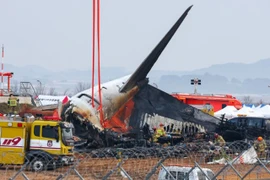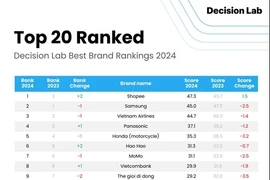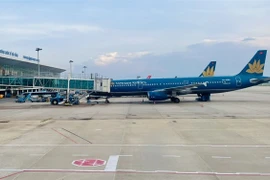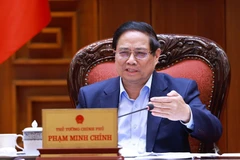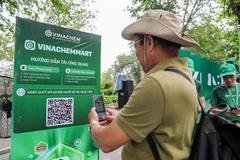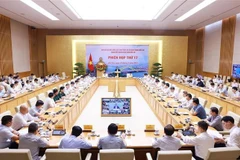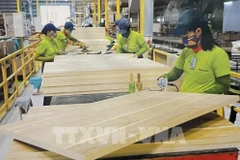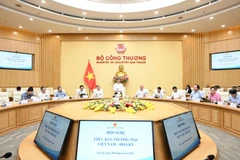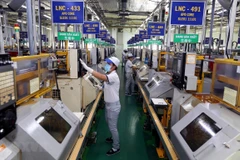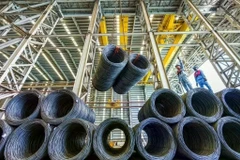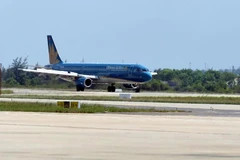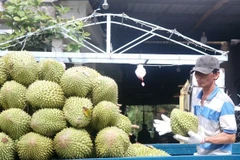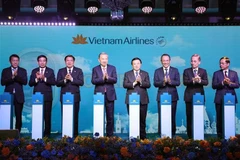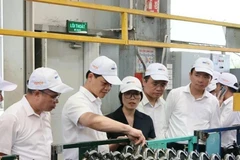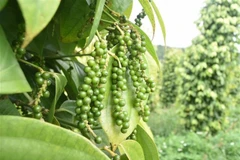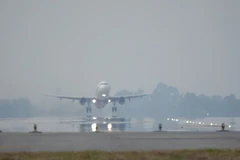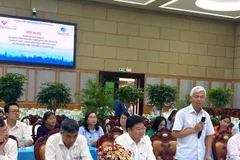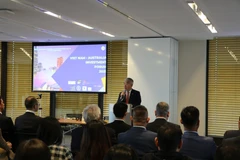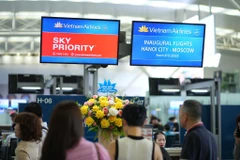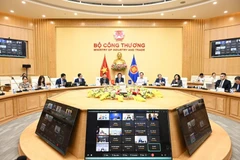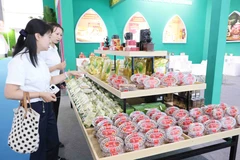Hanoi (VNA) – Vietnam Airlines is using sustainable aviation fuel (SAF) for all flights departing from Europe, starting January 1, 2025, becoming the first Vietnamese carrier to do so.
These flights use SAF at a rate of at least 2% which will gradually increase to 6%, 20%, and 70% in 2030, 2035, and 2050, respectively.
For flights departing from the UK, the firm also uses SAF at a minimum rate of 2% from 2025, and gradually raise the rate to 10% and 22% in 2030 and 2040, respectively.
A representative of Vietnam Airlines said this is a new step affirming the national flag carrier's pioneering position in the “greening” journey, contributing to the implementation of Vietnam's commitment to joining the international community's efforts to achieve net zero emissions by 2050. This will also provide passengers an experience of not only quality but also environmentally friendly flights, thereby helping to create a more sustainable future for the aviation industry.
Previously, Vietnam Airlines operated its first SAF-powered flight, from Singapore to Hanoi, on May 27, 2024, establishing itself as the first Vietnamese airline to use SAF for a commercial passenger flight.
The price of SAF is currently two to three times, even five to six times, higher than those of traditional fossil fuels. When using SAF, the carrier has to cover additional cost of about 4.8 million USD each year to operate flights to and from Europe.
Aside from the SAF use, it has also carried out various measures to cut carbon dioxide emissions such as using new-generation aircraft, optimising its flight network, and keeping a close watch on fuel consumption and emissions.
Thanks to these efforts, it managed to reduce nearly 70,000 tonnes of carbon dioxide in 2024.
Vietnam Airlines is set to maintain cooperation with partners in the supply chain to expand the SAF use and comprehensively promote sustainable development measures./.
